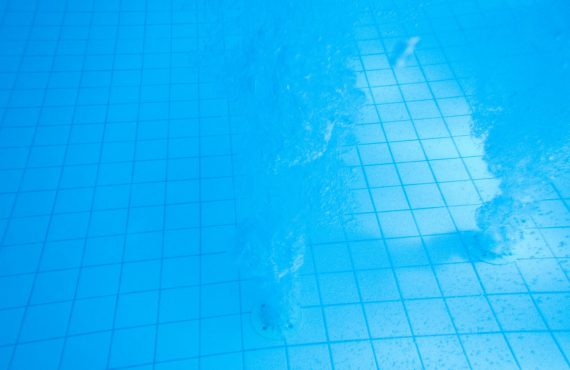By: Betty Frandsen and Jeannine LeCompte
A newly-developed nursing staff training program on catheter use has been shown to reduce urinary tract infections by more than half—a development which will dramatically reduce institutional liability and operating costs. Catheter-associated urinary tract infections (UTIs) in nursing home residents are a common cause of sepsis, hospital admission, and antimicrobial use leading to colonization with multidrug-resistant organisms. Currently, a catheter-associated UTI results in at least 20 percent of all nursing home residents being sent to the hospital for infections each year, costing the healthcare system $4 billion.
The usefulness of the training tool, issued by the U.S. Department of Health & Human Services’ Agency for Healthcare Research and Quality (AHRQ), was the subject of an intensive study undertaken by the JAMA Internal Medicine Journal (“A National Implementation Project to Prevent Catheter-Associated Urinary Tract Infection in Nursing Home Residents,” May 19, 2017). The results of the study were recently presented at the American Geriatrics Society annual meeting, and revealed that a large-scale national implementation project—that included 404 community-based nursing homes—had seen catheter-associated urinary tract infection (UTI) rates decrease by 54 percent, and urine culture orders decrease by 15 percent. Significantly, catheter utilization was largely unchanged during the study period—meaning that the training was the cause of the decline.
The study was conducted in community-based nursing homes participating in the AHRQ Safety Program for Long-Term Care across 48 states, Washington DC, and Puerto Rico, between March 1, 2014 and August 31, 2016. The project was implemented over 12-month cohorts and included a technical bundle: catheter removal, aseptic insertion, using regular assessments, training for catheter care, and incontinence care planning, as well as a socio-adaptive bundle emphasizing leadership, resident and family engagement, and effective communication. The unadjusted catheter-associated UTI rates decreased from 6.78 to 2.63 infections per 1,000 catheter-days, and with adjustment for facility characteristics, the rates decreased from 6.42 to 3.33. The reduction in catheter-associated UTI saw 75 percent of nursing homes experiencing at least a 40 percent drop.
The training material toolkit is designed to help staff understand and use proven infection-prevention practices, and best use of catheters and lab tests, while empowering teams to implement changes and engage patients and family members. Through monthly content training and coaching calls, the project team taught staff techniques grounded in research regarding which patients need catheters, how to care for and maintain catheters in people who have them, which patients are appropriate candidates for lab tests and antibiotics, as well as how to improve communication, leadership and staff engagement, and a safety culture to promote consistent use of these practices. Staff received simplified information sheets, slide sets, interactive hands-on activities for nursing home clinical leaders to use and to adapt to their institution’s culture. Importantly, the facilities received personalized monthly data feedback to evaluate if these strategies were effective or not.
The toolkit is available online for free from the AHRQ, the federal agency that funded the study, at the following link: https://www.ahrq.gov/professionals/quality-patient-safety/quality-resources/tools/cauti-ltc/index.html.















































